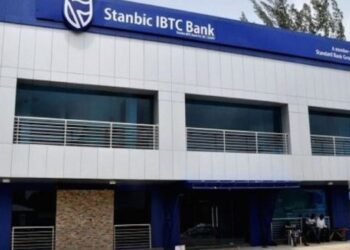Nigeria’s Pension Scheme reform is a success. Nigeria essentially went from a Pay As You Go scheme owing about N2 trillion in unfunded pension liabilities, to an occupational scheme with nine million individual contributors with Assets under Management of N10.7 trillion. Nigeria today operates a Defined Contributory scheme, where the contributions are defined but the end benefits are not, unlike the previous Defined Benefits where the final benefits could be calculated and established as a liability, irrespective of fund return or accumulation to meet that obligation.
The Pension Reform Act of 2004 (PRA) created individual accounts called Retirement Savings Account (RSA), Pension contributions are fully invested in the RSAs. When a contributor retires, the RSA return is an amount equal to the total pension contribution made, plus investment returns. To be clear, the PRA only has a minimum guaranteed payout. The PFAs have the responsibility to ensure each contributor gets a real risk-adjusted return from invested assets.
READ MORE: Q2 2019: Sacked employees withdraw N113.21bn pension fund
I took a look at the asset allocation of the RSA, which essentially is what the PFAs are investing in to repay contributors. Asset Allocation is basically allocating a portfolio to different assets to achieve the objective of a client. A client has N1m and says “I want to retire, I don’t want risk, invest for me”. The most important question the investment manager will ask is how old you are? Why? That sets the investment horizon and drives the assets to be selected. If the client is near retirement, it automatically tells the investment manager that fixed income securities must take preponderance over risker variable assets like equity.
What if the client is 25? Well that means he has a lot of compounding periods to invest and must seek to grow the principal because inflation has a longer time to deplete the contributions.
What is the investment objective of the RSA? simple, Retirement Income. Whilst you work, you save into your RSA, when you retire, the RSA then pays you a “salary” called a Pension. Let’s look at the RSAs, how old is the client? According to data from PenCom 57% of RSA holders are aged below 40. If we consider that the usual retirement age is about 60, this is an incredibly young pool of contributors, to be clear only 12% of contributors were aged 51 years and above. Following best practice in asset allocation, such a pool of contributors have more years (thus more compounding periods), thus inflation risk is more prevalent, but that longer duration allows younger contributors more time to take and recover from risk, this means the bulk of their portfolios should naturally be in equities.
READ MORE: Why interest rates on treasury bills, bonds crashed
Based on the age of contributors the PFAs can accommodate more volatility which generates returns and grows the original principal so that the RSAs have sufficient after-inflation return. So what are PFAs doing? Let’s pick two years, 2007 and 2020
Figure 1. Asset Allocation of PFA
| 2007% | 2020 % | |
| FGN Bonds | 59 | 75 |
| Money Market | 21 | 13 |
| Equities | 15 | 5 |
READ ALSO: DMO offers N150 billion worth of FGN Bonds for subscription
In 2007. Almost 81% of the RSA assets are in securities that will yield income, NOT grow principal. There was also a mismatch in allocation as a younger population got less allocation to equities. The PFAs will counter by saying FGN bonds were safer and Pension are safety first.
As of May 2020, the picture is unchanged but now 75% of RSA assets are in FGN bonds (Income) with only 5.15% in Equities (Capital Appreciation). The mismatch chickens have now come home as returns on T-bills and Money market has fallen and Nigerian equity yields now look very attractive.
Download the Nairametrics News App
My worry is that the PFAs return will not be “real” as inflation has now surpassed most fixed income instruments in Nigeria. PFAs were essentially chasing yields by buying short term Treasury bills which paid higher rates but with a shorter duration than equities and today, they are sitting on reinvestment risk.



















